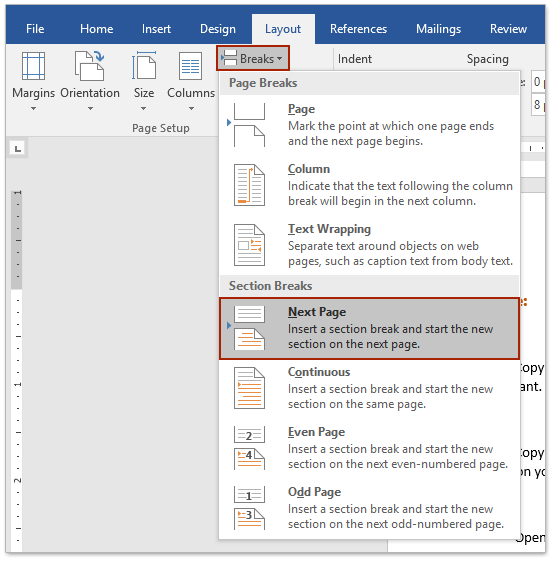


Much like a painter will mark their work with a signature, digital watermarking is a way to get your name out and heighten brand awareness, so you know that any time your work is shared, say on Instagram for example, your name or brand is always attached to it. On the other end, watermarking can simply be used as a branding tactic. This means that people can still preview your work before purchasing it, without the risk of them stealing it.

On one end, watermarking helps protect the copyright of your work and ensures that it cannot be reused or altered without your permission. There are a couple of key reasons why you might need to watermark a document or image. Traditionally, a watermark was only visible when the paper was held up to the light or when it was wet, and the process of watermarking paper occurred while the paper was wet-hence the term we still use today. While the watermarking process is mostly digital these days, the term “watermarking” itself dates back centuries. Let’s take a look at a few reasons why watermarking images and documents is important, and explore how to create a watermark that’s effective for your work. Watermarking is the process of superimposing a logo or piece of text atop a document or image file, and it’s an important process when it comes to both the copyright protection and marketing of digital works.


 0 kommentar(er)
0 kommentar(er)
